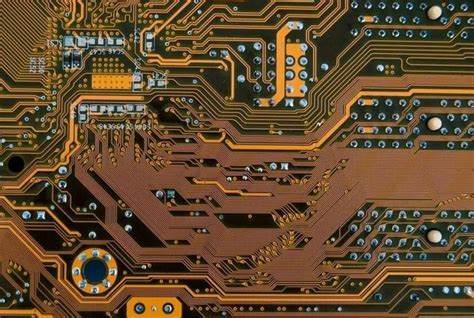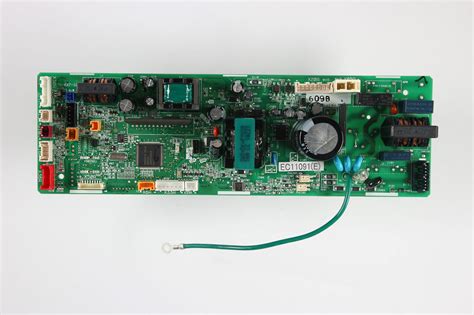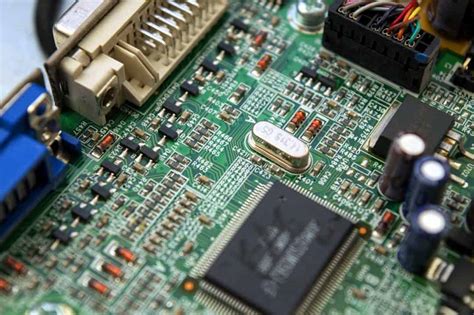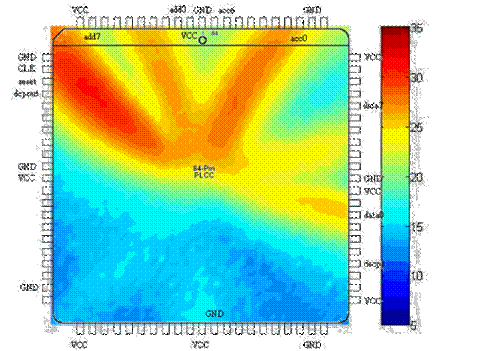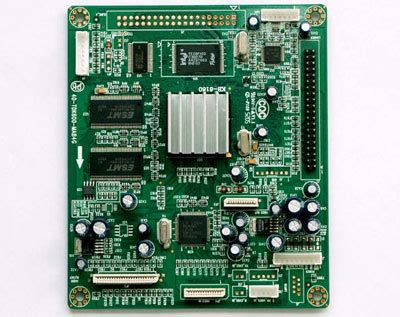Soldering Temperature for PCB: A Comprehensive Guide
Introduction
Soldering is a fundamental process in the assembly of printed circuit boards (PCBs). It involves the use of a filler metal, known as solder, to create electrical and mechanical connections between components and the PCB. The quality of these connections is critical to the performance and reliability of the final electronic product. One of the most important factors influencing the quality of soldered joints is the soldering temperature. This article delves into the intricacies of soldering temperature for PCBs, exploring its importance, the factors that influence it, and best practices for achieving optimal results.
1. The Importance of Soldering Temperature
Soldering temperature plays a pivotal role in the soldering process. It affects the wetting of the solder, the formation of intermetallic compounds, and the overall integrity of the solder joint. If the temperature is too low, the solder may not melt properly, leading to poor wetting and weak joints. Conversely, if the temperature is too high, it can damage the PCB, components, or the solder itself, resulting in defects such as lifted pads, delamination, or thermal stress.
2. Types of Soldering Processes and Their Temperature Requirements
There are several soldering processes used in PCB assembly, each with its own temperature requirements:
2.1. Hand Soldering
Hand soldering is a manual process where a soldering iron is used to melt solder and create connections. The temperature of the soldering iron tip typically ranges between 300°C and 400°C (572°F to 752°F). The exact temperature depends on the type of solder and the components being soldered. For example, lead-based solders generally require lower temperatures than lead-free solders.
2.2. Wave Soldering
Wave soldering is a bulk soldering process used for through-hole components. The PCB is passed over a wave of molten solder, which wets the exposed metal surfaces and forms the connections. The solder bath temperature is usually maintained between 250°C and 260°C (482°F to 500°F) for lead-free solders. The preheat temperature, which is critical for preventing thermal shock, typically ranges from 80°C to 120°C (176°F to 248°F).
2.3. Reflow Soldering
Reflow soldering is the most common method for surface-mount technology (SMT) components. The process involves applying solder paste to the PCB, placing the components, and then heating the assembly in a reflow oven to melt the solder. The reflow profile, which includes the temperature ramp-up, soak, reflow, and cooling phases, is carefully controlled. The peak temperature during reflow is usually between 230°C and 250°C (446°F to 482°F) for lead-free solders.
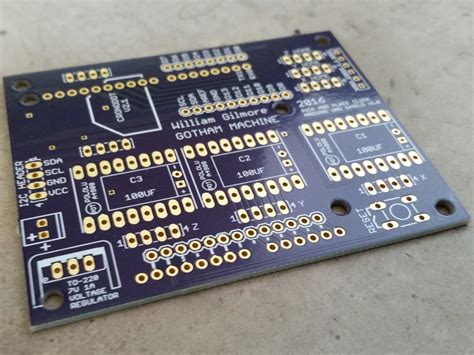
3. Factors Influencing Soldering Temperature
Several factors influence the optimal soldering temperature for a given PCB assembly:
3.1. Type of Solder
The composition of the solder alloy significantly affects its melting point and, consequently, the required soldering temperature. Common solder alloys include:
- Tin-Lead (Sn-Pb) Solders: These traditional solders have a lower melting point, typically around 183°C (361°F) for the common 63/37 eutectic alloy. They require lower soldering temperatures compared to lead-free alternatives.
- Lead-Free Solders: Lead-free solders, such as SAC (Sn-Ag-Cu) alloys, have higher melting points, usually between 217°C and 227°C (423°F to 441°F). As a result, they require higher soldering temperatures.
3.2. Component Sensitivity
Different components have varying thermal tolerances. Sensitive components, such as integrated circuits (ICs) or electrolytic capacitors, may be damaged by excessive heat. Therefore, the soldering temperature must be carefully controlled to avoid thermal damage.
3.3. PCB Material
The material of the PCB itself can influence the soldering temperature. Common PCB materials, such as FR-4, have a glass transition temperature (Tg) around 130°C to 140°C (266°F to 284°F). Exceeding this temperature can cause the PCB to warp or delaminate. High-temperature materials, such as polyimide, can withstand higher soldering temperatures.
3.4. Thermal Mass
The thermal mass of the PCB and its components affects how quickly they heat up during soldering. Larger components or PCBs with multiple layers may require higher temperatures or longer heating times to ensure proper solder wetting.
4. Best Practices for Controlling Soldering Temperature
Achieving the correct soldering temperature is crucial for producing reliable solder joints. Here are some best practices:
4.1. Use a Temperature-Controlled Soldering Iron
For hand soldering, a temperature-controlled soldering iron is essential. It allows the operator to set and maintain the optimal temperature for the specific solder and components being used. Regularly calibrate the soldering iron to ensure accuracy.
4.2. Follow the Reflow Profile
In reflow soldering, adhere to the recommended reflow profile provided by the solder paste manufacturer. The profile should include a gradual ramp-up to the soak temperature, a soak period to activate the flux, a peak temperature to melt the solder, and a controlled cooling phase.
4.3. Preheat in Wave Soldering
In wave soldering, preheating the PCB is critical to prevent thermal shock and ensure proper solder wetting. The preheat temperature should be sufficient to evaporate any moisture and activate the flux but not so high as to damage the components or PCB.
4.4. Monitor and Adjust
Continuously monitor the soldering process and make adjustments as needed. Use thermal profiling tools to measure the actual temperature of the PCB and components during soldering. Adjust the oven settings or soldering iron temperature based on the results.
4.5. Consider the Environment
The ambient temperature and humidity can affect the soldering process. In a cold environment, the soldering iron may need to be set to a higher temperature to compensate for heat loss. In a humid environment, additional preheating may be required to remove moisture from the PCB.
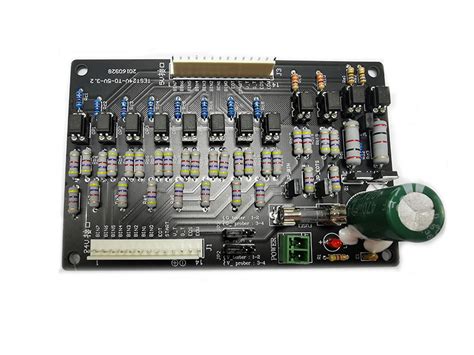
5. Common Soldering Defects Related to Temperature
Improper soldering temperature can lead to various defects, including:
5.1. Cold Joints
Cold joints occur when the solder does not melt completely, resulting in a dull, grainy appearance. These joints are weak and prone to failure. Cold joints are often caused by insufficient soldering temperature or inadequate heat transfer.
5.2. Solder Bridging
Solder bridging happens when solder forms an unintended connection between two adjacent pads or pins. This defect can be caused by excessive soldering temperature, which causes the solder to flow too freely.
5.3. Tombstoning
Tombstoning is a defect where a surface-mount component stands up on one end due to uneven heating. It is often caused by an uneven temperature distribution during reflow soldering.
5.4. Lifted Pads
Lifted pads occur when the copper pad separates from the PCB due to excessive heat. This defect is more common in hand soldering when the soldering iron is held too long on the pad.
5.5. Thermal Damage
Excessive soldering temperature can cause thermal damage to the PCB or components, such as delamination, warping, or the degradation of sensitive materials.
6. Advanced Techniques for Temperature Control
As PCB technology advances, so do the techniques for controlling soldering temperature:
6.1. Infrared (IR) Reflow Ovens
IR reflow ovens use infrared radiation to heat the PCB and components. They offer precise temperature control and can be used for both lead-free and lead-based solders. However, they require careful profiling to ensure even heating.
6.2. Vapor Phase Soldering
Vapor phase soldering uses a heated vapor to transfer heat to the PCB. This method provides uniform heating and is particularly suitable for sensitive components. The temperature is controlled by the boiling point of the heat transfer fluid.
6.3. Selective Soldering
Selective soldering is used for soldering specific areas of the PCB, such as through-hole components on a mixed-technology board. It allows for precise control of the soldering temperature and minimizes thermal stress on the rest of the board.
7. Conclusion
Soldering temperature is a critical parameter in PCB assembly that directly impacts the quality and reliability of the final product. Understanding the factors that influence soldering temperature and adhering to best practices can help prevent defects and ensure robust solder joints. As technology continues to evolve, advanced techniques for temperature control will further enhance the soldering process, enabling the production of more complex and reliable electronic devices.
By carefully managing soldering temperature, manufacturers can achieve high-quality PCB assemblies that meet the demanding requirements of modern electronics. Whether using hand soldering, wave soldering, or reflow soldering, the key to success lies in precise temperature control and a thorough understanding of the materials and components involved.

